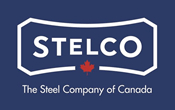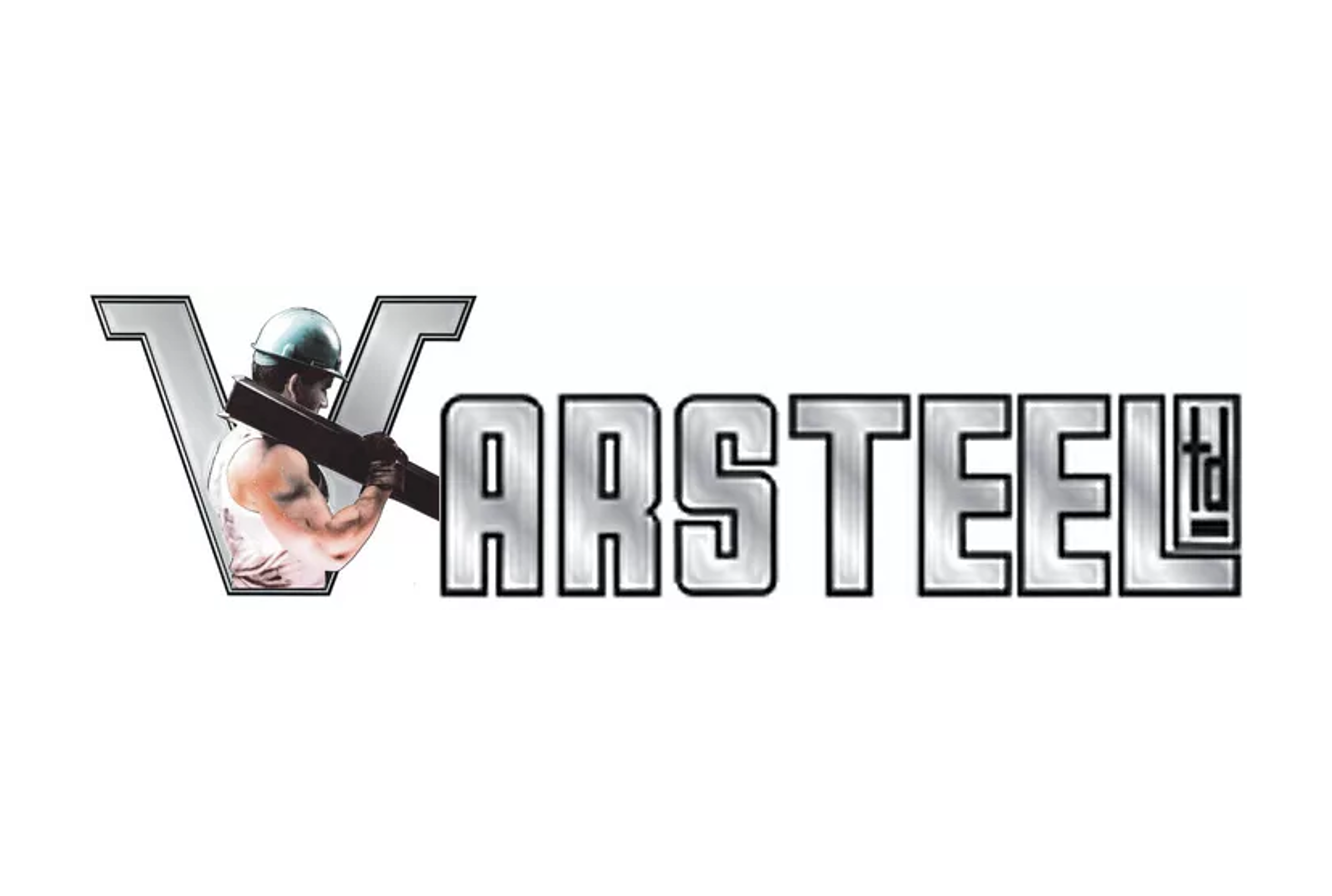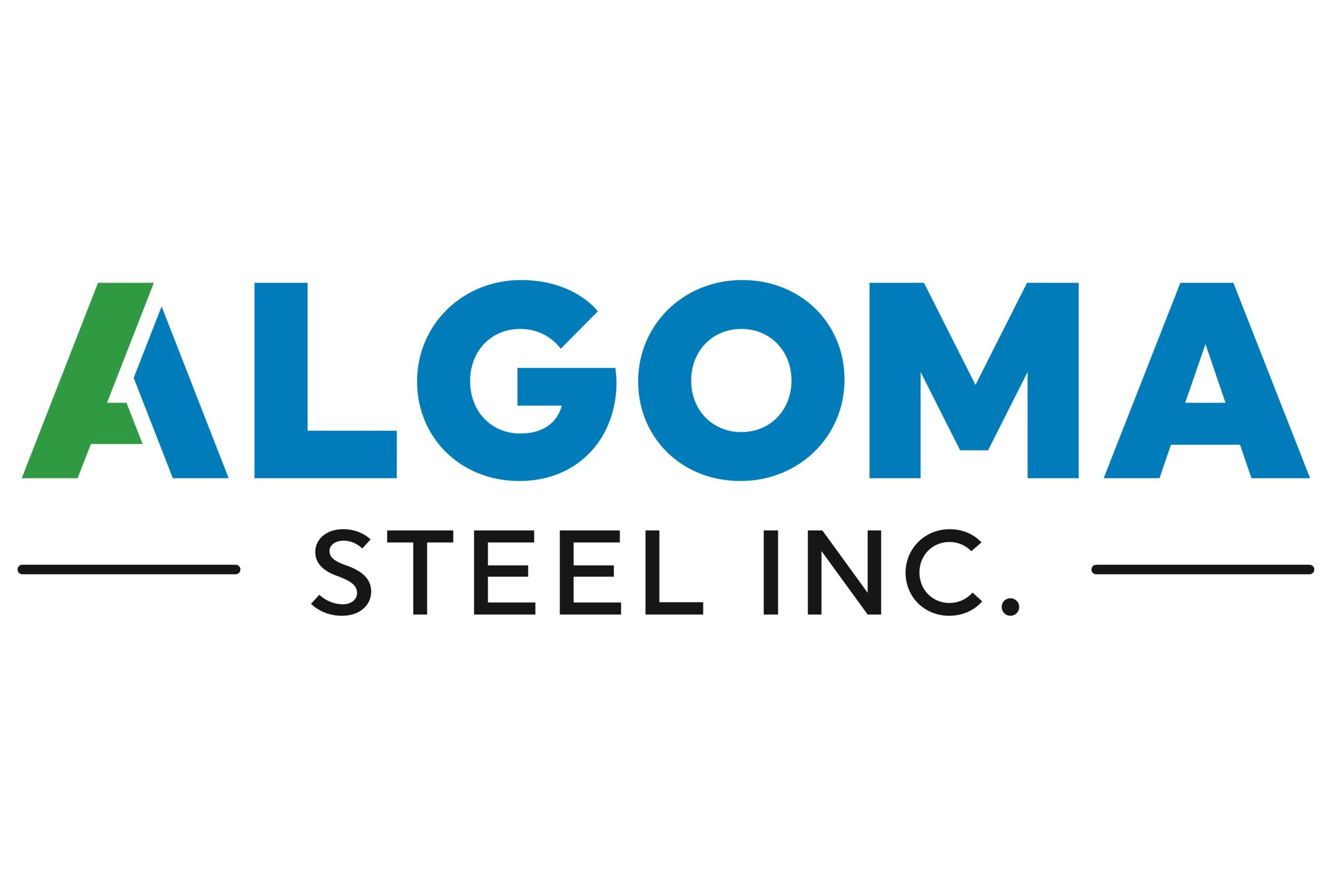Canada

August 13, 2021
Stelco on Steel Prices: 'Historical Norms Not Relevant Anymore'
Written by David Schollaert
Steel prices will go higher and stay stronger, predicted company executives during Stelco’s second-quarter 2021 earnings call on Wednesday.
![]() The Hamilton, Ontario-based flat-rolled steelmaker was rather bullish on the prospect of steel prices and their general direction through 2022 and beyond. As the company claimed “industry-leading profit margins” and record-setting quarterly results due to a favorable pricing trend, its Executive Chairman and CEO Alan Kestenbaum suggested there is little indication prices will turn anytime soon, discouraging the notion of hedging.
The Hamilton, Ontario-based flat-rolled steelmaker was rather bullish on the prospect of steel prices and their general direction through 2022 and beyond. As the company claimed “industry-leading profit margins” and record-setting quarterly results due to a favorable pricing trend, its Executive Chairman and CEO Alan Kestenbaum suggested there is little indication prices will turn anytime soon, discouraging the notion of hedging.
“It’s not something I am planning on doing now,” said Kestenbaum. “We think the forward curve is just way too low… prices are going to go higher and stay stronger.
“There’s a lot going on in the market that I don’t think many really understand, and I think we are going to see prices continue to go up,” he added. “Based on what the forward curve presents, I think we are better off not hedging.”
The integrated steelmaker’s surge in revenue in Q2, which outpaced the record results in the prior quarter, came as average selling prices rose to C$1,292 ($1,032 U.S.) per ton, up 85% from C$700 ($559 U.S.) per ton in the second quarter of 2020.
While the global steel industry continues to shift to electric-arc furnace (EAF) production, the steel executive believes a tight raw material market will only grow tighter. Demand for scrap will intensify as more steelmaking transitions to EAF and more capacity comes online. Raw material cost will only gain momentum, as a result, placing added pressure on margins and overall steel prices, not just in North America but globally, he added.
Kestenbaum doesn’t expect steel prices to normalize for another year, potentially only after 2022, but wonders what “normal” will look like? The integrated steelmaker suggested that strong demand in North America has mills already running near capacity, leading to a rise in maintenance outages that will only further tighten supply.
“I don’t know what the new normal is, but historical norms are not relevant anymore,” Kestenbaum said. “We think we are entering into a new period. I don’t think that the lows are going to be anything like what they used to look like. And I think the world needs to get used to it.”
He underscored that current pricing dynamics don’t include the recently passed U.S. infrastructure bill nor do they take into account demand from the auto sector that will intensify once the semiconductor chip shortage is over.
“We have an infrastructure bill coming, and don’t forget this is all in the context of an auto production that is restrained from the chip shortage,” Kestenbaum added. “Wait till that loosens up…. who knows where this goes?”
By David Schollaert, David@SteelMarketUpdate.com






